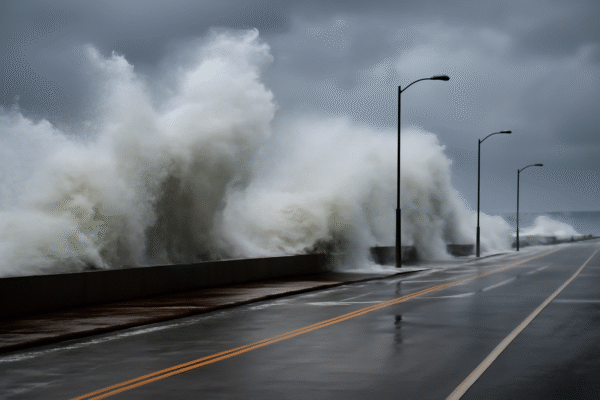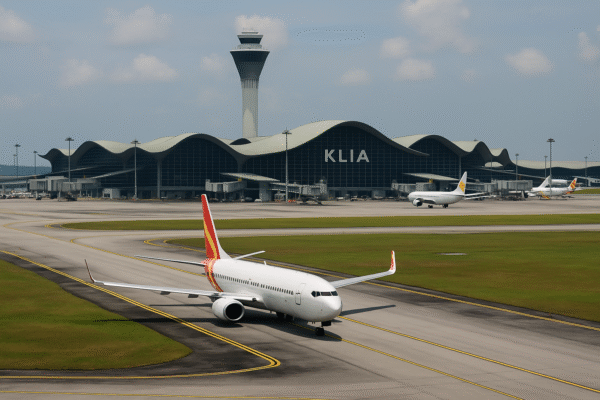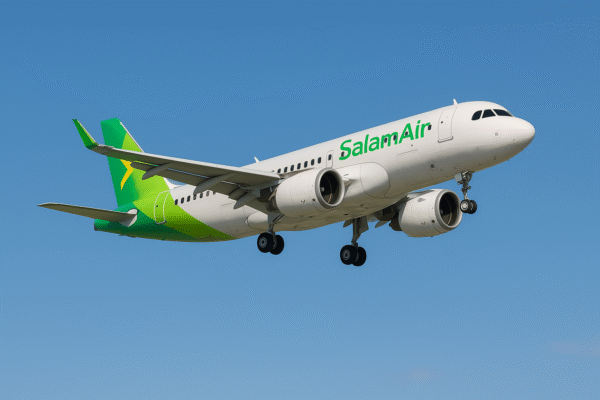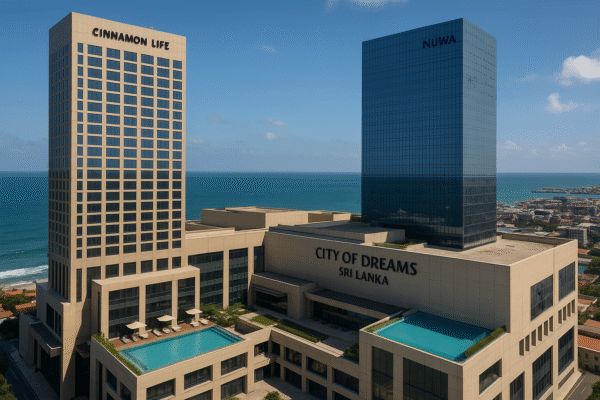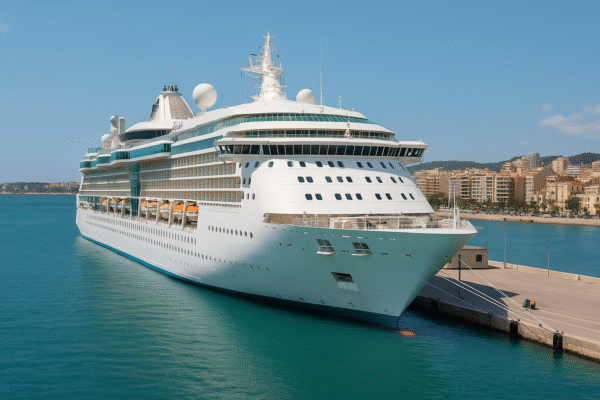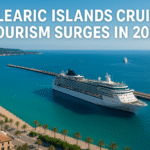The Balearic Islands, a Mediterranean jewel known for its turquoise waters, rich culture, and vibrant nightlife, are experiencing a historic surge in cruise tourism in 2025. According to data from Autoridad Portuaria de Baleares, more than 500 cruise ships are projected to dock in Mallorca, Ibiza, Menorca, and Formentera by the end of August, reinforcing the region’s reputation as a premier European cruise destination.
This spike in arrivals showcases how the islands are capitalizing on the global boom in cruise travel, attracting visitors eager to explore the blend of natural beauty, history, and modern infrastructure the Balearics have to offer.
Highlight Arrival: Brilliance of the Seas Docks in Palma
One of the standout moments of the season was the August 23 arrival of Royal Caribbean’s Brilliance of the Seas in Palma. Known for combining luxury and adventure, the ship offers a host of onboard experiences, including a 12-meter climbing wall, a panoramic rotating bar, glass-enclosed Jacuzzis, and even a mini-golf course.
While docked in Palma de Mallorca, passengers had the opportunity to explore the island’s charming streets, visit iconic landmarks such as La Seu Cathedral, and enjoy its world-renowned beaches — all while returning to the ship’s unmatched comfort and amenities.
Record-Breaking Passenger Arrivals
Between January and July 2025, the Balearic Islands welcomed approximately 1.4 million cruise passengers, marking a 9.4% increase compared to 2024. The trend continued in July alone, with 354,600 passengers arriving aboard 84 cruise ships, representing a 3.8% year-on-year growth.
Despite a slight overall decrease of 1.4% in total passenger traffic at the five main ports — Palma, Alcudia, Ibiza, Mahon, and La Sabina — the region remains a critical hub in the Western Mediterranean cruise circuit, offering seamless connectivity for major operators like MSC Cruises, Costa Cruises, and Royal Caribbean.
Economic Impact on the Islands
The cruise boom is a major driver of economic activity for the Balearic Islands. According to Balearic Tourism Board data, the sector supports thousands of jobs in hospitality, transport, and retail, while boosting revenues for local restaurants, shops, and cultural attractions.
Each cruise call brings an influx of visitors to Palma and Alcudia, where tourists spend on shore excursions, guided tours, and luxury shopping, significantly benefiting the local economy. The consistent rise in cruise arrivals underscores the region’s strategic importance in the Mediterranean travel industry.
Challenges in Fishing, Growth in Cargo Handling
While the tourism sector thrives, the fishing industry in the Balearics has faced challenges in 2025. Fish landings in July dropped by 39.3%, with only 130 tons unloaded, while year-to-date figures show a 2.1% decline to 1,154 tons.
Conversely, the cargo sector is booming, with 10.58 million tons handled between January and July, reflecting a 3.8% year-on-year increase. July alone accounted for 1.8 million tons, up 5.7% compared to the same period in 2024. This growth highlights the Balearics’ strategic role as a logistics hub in the Mediterranean, balancing its thriving tourism sector with commercial shipping activities.
National Trends: Spain’s Cruise Industry Growth
The Spanish port authority (Puertos del Estado) reported mixed performance nationwide in 2025. While cargo volumes dipped by 2.3%, totaling 323.8 million tons, passenger traffic grew by 6.5%, surpassing 22.9 million movements.
Within this, cruise traffic rose sharply by 16.5%, reaching nearly 7.6 million passengers across Spain’s ports. This resurgence reflects the resiliency and recovery of Spain’s tourism sector as it adapts to changing travel trends and growing global demand for Mediterranean cruise experiences.
Future Outlook: Sustained Growth Ahead
The outlook for the Balearic Islands cruise sector remains optimistic. Infrastructure investments across Palma, Alcudia, and Ibiza are poised to enhance passenger capacity and improve sustainability measures. Plans include expanded terminals, green energy adoption, and digitalized port operations to streamline passenger experiences.
Additionally, the islands’ geographic location — strategically positioned between the Western and Central Mediterranean — ensures they will remain a core stop for major cruise itineraries. With more luxury ships scheduled for deployment in 2026, the Balearics are well-positioned for continued growth.
Why the Balearics Remain a Top Cruise Destination
From the vibrant nightlife of Ibiza to the tranquil beaches of Formentera and the historic charm of Mahon, the Balearic Islands offer something for every traveler. Coupled with state-of-the-art port facilities and eco-friendly initiatives, these islands have secured their place as a must-visit Mediterranean cruise destination.
For passengers, the combination of authentic cultural experiences, world-class amenities, and unmatched natural beauty makes the Balearic Islands a perfect blend of relaxation and adventure.
Conclusion
With record-breaking arrivals, expanded port infrastructure, and an ever-growing reputation in the global cruise market, the Balearic Islands are poised for another banner year in 2025 and beyond.
As more international travelers book their Mediterranean voyages, ports like Palma and Alcudia will continue to play a pivotal role in shaping the future of cruise tourism. Whether you’re embarking on a luxury voyage aboard Brilliance of the Seas or exploring the islands’ historic streets, the Balearics promise a memorable and enriching travel experience for every visitor.
For more travel news like this, keep reading Global Travel Wire






